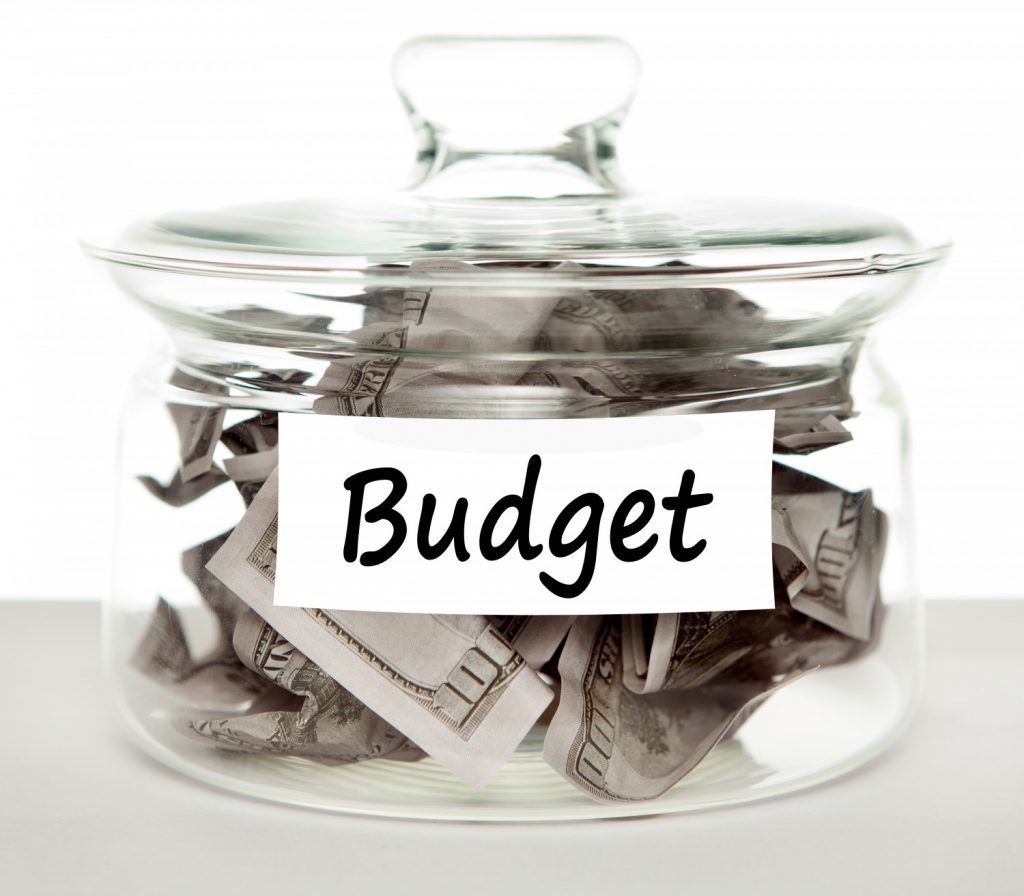If you’re paid twice each month, you’ll receive 24 paychecks this year. If you’re paid every other week, you’ll receive 26 paychecks this year. In both scenarios, you’ll receive the same amount of take-home pay, so what’s the difference?
If you’re paid every other week, you can use a simple budgeting trick to avoid spending almost 8 percent of your take-home pay this year. That means if you make $40,000 after taxes annually, you can put another $3,077 in your pocket. Or you can put that money in your 401(k) and get extra cash from your employer in a match. Or you can pay down a credit card (saving even more money in reduced interest fees). Or pay off a student loan quicker. Or speed up your savings for a home down payment.
How to “Sneaky Save”
This simple technique for people who are paid every other week starts by dividing your annual take-home pay by 26. For example, if you earn $40,000 after taxes and receive 26 paychecks, you’ll get roughly $1,538.46 per check. You’ll receive two checks most months ($3,077), but three checks two months each year. The second step to make this trick work is to add the total pay for 24 of your checks and divide that by 12. You’ll use this number to give you the same number each month to use as your budget target number. In our example, you’ll budget your spending based on $3,077 every month, even during those two months when you get an extra (third) paycheck.
Rather than including those two extra checks in your monthly budget twice a year, you’ll create each month’s budget as if you’ll only receive $3,077 per month. Don’t include those two extra checks anywhere in your projected income on your annual budget document.
Plan your monthly spending and savings based on an annual income of $36,912 (24 paychecks only) instead of $40,000. If you can discipline yourself to spend only $3,077 each month (which is what you’ll live on 10 months each year anyway), at the end of the year, you’ll have an extra $3,077 you didn’t spend.
You can now use this extra money to address debt reduction, retirement savings, building an emergency fund or saving for a fun vacation.
Why Do You Need to Trick Yourself?
Wouldn’t you meet these savings goals anyway if you just added two extra paychecks to two months in your budget? Probably not. When you see you have extra money, you’re more likely to spend it, according to economists Atif Mian and Amir Sufi, authors of “House of Debt.” You’ll feel less guilty about spending extra money you see staring back at you from your budget than if you don’t see that extra $3,077 whispering, “Hey, I’m here! I’m extra! You can spend me!”
If you aren’t sure you want to commit to this savings strategy, play around with it on paper first. Make a copy of your current budget and run the numbers to see what will happen. If you’re only paid 24 times each year, subtract an annual savings target number from your yearly take-home pay, divide what’s left by 12, and create your budget using that number each month.
You might be surprised how easy it is to save an extra two paychecks each year with a little bit of simple number crunching.









